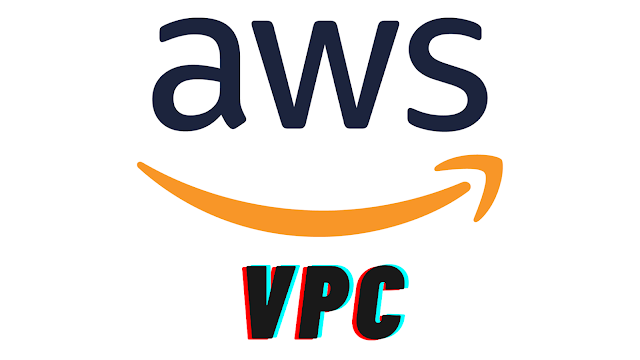AWS Route53: A Beginner’s Guide
Amazon Route 53 is a highly available and scalable Domain Name System (DNS) service that plays a crucial role in connecting user requests to various services running in the AWS cloud. Whether you’re managing domain names, optimizing traffic flow, or ensuring high availability, Route 53 has got you covered.
Key Components
- DNS Management:
- Route 53 allows you to register domain names and manage DNS records (like A, CNAME, and MX records).
- You can create hosted zones to organize your DNS records for different domains.
- Health checks monitor the availability of your resources (e.g., EC2 instances, S3 buckets) and automatically route traffic away from unhealthy endpoints.
- Traffic Management:
- Routing Policies:
- Simple Routing: Directs traffic to a single resource (e.g., an EC2 instance).
- Weighted Routing: Distributes traffic based on assigned weights (useful for A/B testing).
- Latency-Based Routing: Routes users to the lowest-latency endpoint.
- Geolocation Routing: Routes traffic based on user location.
- Failover Routing: Automatically switches to a standby resource during failures.
- Alias Records:
- Alias records allow you to map your domain directly to AWS resources (e.g., an S3 bucket or CloudFront distribution).
- Availability Monitoring:
- Route 53 health checks monitor the health of your resources.
- Failover policies automatically route traffic away from unhealthy endpoints.
- Domain Registration:
- You can register new domain names directly through Route 53.
How It Works
- User Requests: When a user enters a domain name (e.g., www.example.com), their DNS resolver queries Route 53.
- Route 53 Resolution: Route 53 looks up the DNS records associated with the domain. It returns the IP address of the appropriate resource (e.g., an EC2 instance or an S3 bucket).
- Traffic Routing: Based on routing policies, Route 53 directs traffic to the correct resource. Health checks ensure that only healthy endpoints receive traffic.
Use Cases
- Global Traffic Management:
- Route 53’s global DNS features allow you to create complex routing relationships across regions.
- Distribute traffic intelligently based on latency, geolocation, or other factors.
- Highly Available Applications:
- Set up failover routing to automatically switch to backup resources during failures.
- Ensure seamless user experience even when parts of your infrastructure are down.
- Private DNS in VPCs:
- Assign custom domain names to resources within your Amazon VPC
- Helps to keep DNS data private within your network.
Conclusion
Amazon Route 53 simplifies DNS management, optimizes traffic routing, and enhances application availability. Whether you’re a developer, a system administrator, or a business owner, understanding Route 53’s capabilities empowers you to build robust and reliable systems. Remember, Route 53 isn’t just about domain names, it’s about connecting users to your services seamlessly.




Comments
Post a Comment